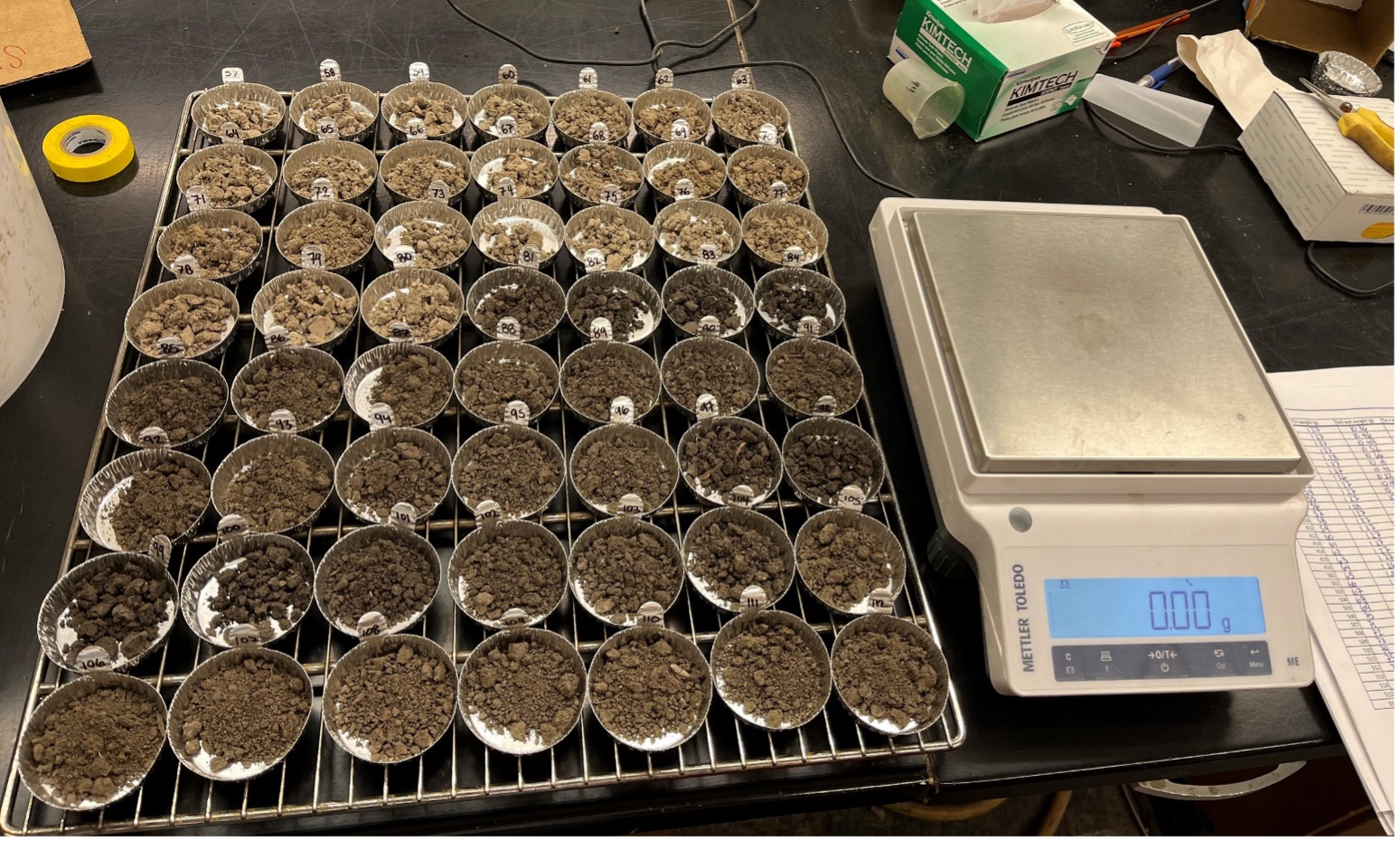Project Leaders: Andrew Margenot and Heidi Allen Asensio, University of Illinois
Purpose: Conservation practices, particularly those related to soil health, are seen as a way to improve farm productivity and longevity, as well as help lessen climate change. Differences in cropping systems, growing environments and other factors make it challenging to use blanket estimates of the multiple agronomic, soil, water and climate outcomes of these practices. This research, funded by the Illinois Soybean Checkoff, is a first step towards providing farmers, agronomists and commodity groups with an evaluation of climate-smart practices on soybean production sustainability benchmarks and water quality improvement efforts.

Locations of three research trials across Illinois.
Approach: Research began during the 2023 cropping season and will continue through 2026 (four full cropping seasons) at three locations across Illinois. This project is studying soil health indicators, nutrient loss through leaching, soil carbon sequestration, and greenhouse gas emissions response to all four possible combinations of cover cropping (cereal rye) and tillage (no-till vs. chisel) practices. The research is located in three regions: southern (Ewing), central (Urbana) and northwestern (Monmouth) Illinois. A conventional corn-soybean rotation is in place at all three sites, while a double-crop wheat-soybean-corn rotation is also being studied at Ewing and Urbana. At all sites, each phase of each rotation is present each year, to enable evaluation of yields of the same crop under the same rotation, cover cropping and tillage practices at the same site each year.
Results: Note that this research project is only halfway through its final total of four cropping seasons, so results at this time are preliminary. However, after two years of data collection, some observations can be made.
- So far, results show that a single crop rotation (two growing seasons) isn’t enough to demonstrate effects of cover cropping or no-tillage—whether used alone or together—on soil health and carbon credits.
- Two growing seasons are enough to notice reductions in nitrate-N leaching at some sites for certain conservation practices, suggesting that water quality improvements may be seen more quickly than changes in soil health and carbon credits.
- If farmers are interested in tracking early (two years or less) changes in soil health after implementing cover cropping and/or no-till, soil enzyme activity related to carbon and nitrogen acquisition have appeared thus far to be the most sensitive among soil health tests (Figure 1). Soil enzyme activity was most responsive to management changes at the southern Illinois site, meaning farmers with timber soils (Alfisols) and/or soils with lower soil organic matter could potentially see early responses to cover cropping and no-till.
- Results suggest that current soil health tests, in particular “active carbon” or “respiration” (also known as CO2 burst) on the market are unlikely to detect differences in soil health after two seasons of cover cropping, tillage or crop rotation changes.
Key Takeaway: Water quality improvements may be seen more quickly than changes in soil health and carbon credits.






 and then
and then